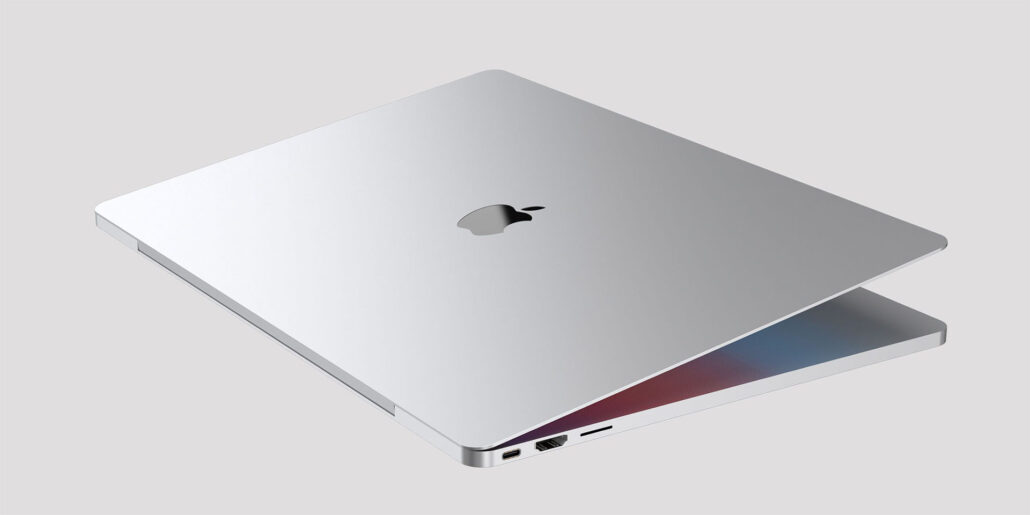Malware is a tricky topic for Mac users. Many are still influenced by the old fallacy that Macs do not get viruses. This couldn’t be further from the truth. The second issue is that many users will go their entire life never having any malware. After all, if you hardly browse and stick to using the major native software for work, your chances of infection are very low.
But, for those active online, you can simply get unlucky. And, when infected, you need to know how to identify that you have an issue and act quickly. Before looking at this list of the best anti-virus software, let’s look at why malware cleaners are so important.
Removing malware manually
You can remove malware manually, in that if you find its source files and delete it, you may delete the malware. An example of this is finding the application in the Downloads folder and moving it to trash, emptying trash, and removing any leftover files. But it’s harder than it looks – it takes time and you may not have fully cleaned up the Mac.
Why use malware cleaners?
Malware cleaners aim to solve the above issue through automation. Malware cleaners will scan files rapidly and detect through pattern recognition and other techniques which ones are suspicious. They don’t just detect them, but they remove them for you, in every crook and cranny they can find. Using technology to fight technology is much more effective than the hands-on approach.
Choosing a malware cleaner
Now you know why they’re important, the next step is deciding which one to use. The worst thing you can do is be told by a scam or virus imposing as a virus protection tool, fall for it, and download it. That’s right, some malware hides in plain site and will tell you “you have a virus” and “we can get rid of it”.
So the first step is to always choose your own malware cleaner and never download one from a pop-up notification.
When choosing one, always prioritise the licenses they have, their performance, and cost. Browse through the list that was linked in the introduction of this article for a comprehensive comparison of the top software. They should be credible and reliable, they should have evidence of being effective, and they should be good value for money.
If you’re tied between a couple, then simply choose the one that has the best user interface and features for your needs. Perhaps you want a fairly silent one to run in the background, or maybe one that is always letting you know more about the current activity.
How to scan for new viruses
So, you finally choose the one that’s right for you and download it off the official website (don’t download software from 3rd party sites, unless they link to the official site).
When installing the software, follow the packaging instructions. Choose any add-ons and extras that you may think you need, like increased web browsing protection through their extension.
Open up the software and find the scan button. For most anti-virus software, it’s as simple as that: clicking scan. There may be different scans available, so if there isn’t an all-in-one scan, perform the malware removal, cache, and such individually. Now, you can optimise your machine with system junk and maintenance scans.


